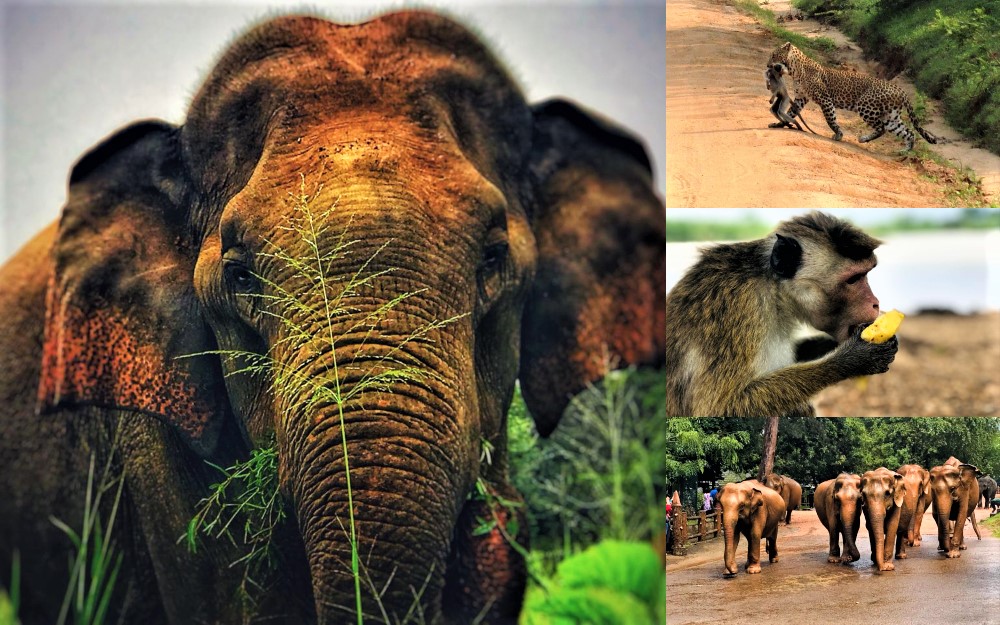
Yala National Park is the 2nd largest National Park in the island and it situated in south eastern region in srilanka.In other national parks there are have poor visitor facilities and improper road network. Due to that, the visitation has increased dramatically than other national parks. But now a days Over visitation is become as a issue for the park. Yala situated in lowest pen plain in the island; which stretches from Trincomalee to the hambanthota coastal plain. Yala National Park is one of the best places for sightings of wild Elephants. The park is home to many animals including Buffaloes, Leopards, Monkeys, Circles, Crocodiles, Wild boars and Bears.
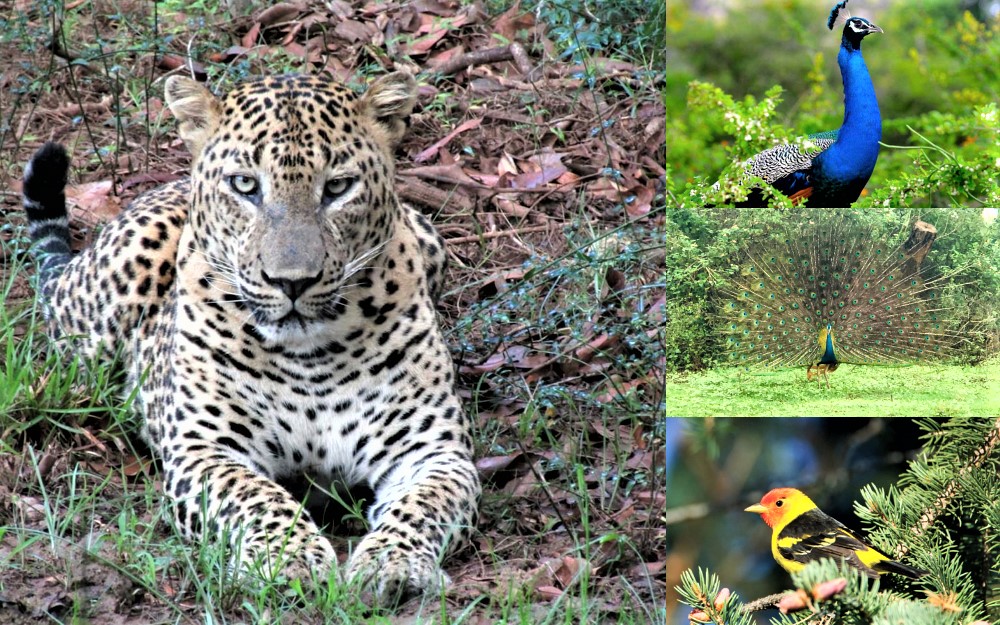
The Udawalawe National Park situated in the dry zone of the country and belonging to Sabaragamuwa & Uva provinces. The park area is 30,821 ha. The park was established in 1972 Udawalawe National Park is world famous for its large elephant populations. In this park we observed elephants at every given time of the day involved in many different activities. Other than Elephants water buffalo, spotted & barking deer, wild boar,jackal & ruddy and grey mongoose were also found in this park. According to literature though the leopard, jungle & fishing cats have recorded in the park sightings are very rare and we were not able to made such sighting.
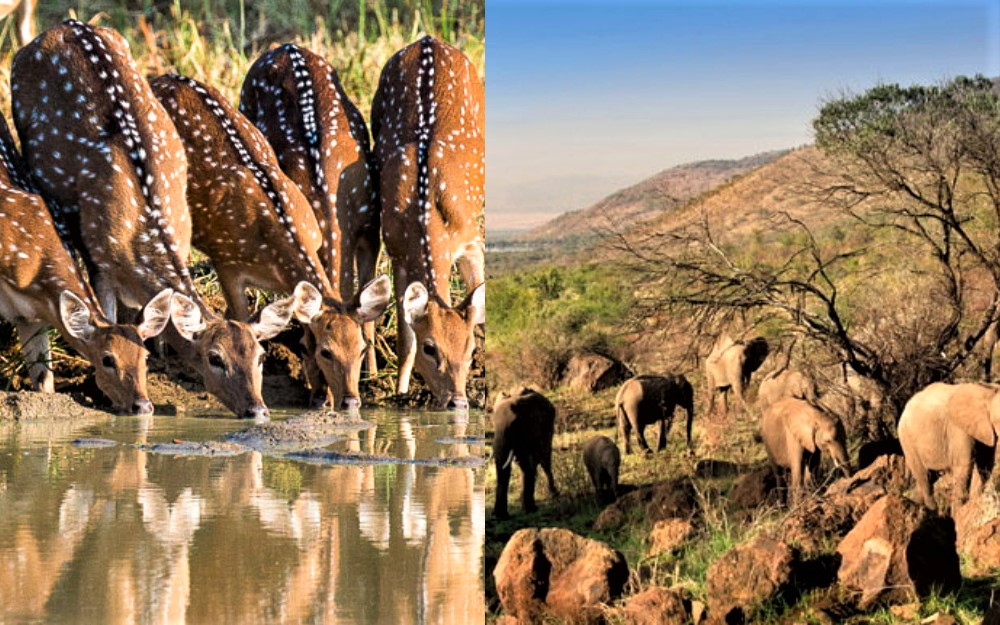
Wilpattu National Park is located in the dry zone of the island. In 1905 it was declared a wildlife sanctuary. Wilpattu National Park is the largest of its kind in the country and covers an area of 131,690 hectares.The park is situated 25kms North of Puttalam. Wilpattu is a sanctuary for many species of Mammals and Birds. Minimum of 35 different mammal species, extensive bird life,popular animals such as leopard, sloth bears, elephants, deers, jackals, buffalos, and crocadiles and residinding here.
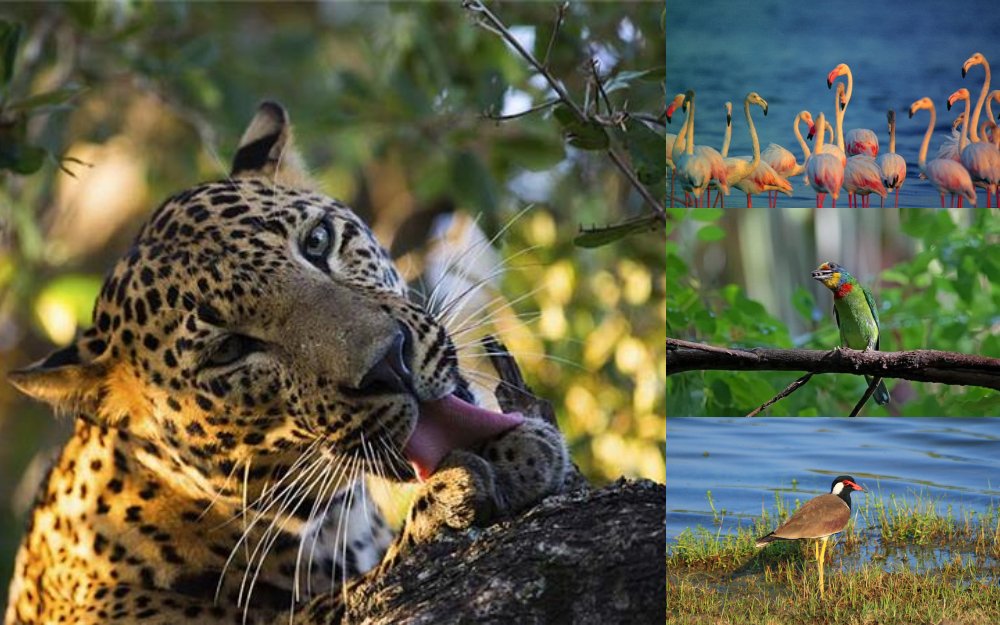
Bundala National Park is located approximately 85 Kilometers from Tangalle, the nearest resort town. In 2005 the park was designated as a biosphere reserve by UNESCO, also designated a RAMSAR wetland its home to many migratory water birds in Sri Lanka. Biodiversity of this parkis very high as the water land system gives the maximum support for numerous species. The Bundala National Park provides habitats for all species of waterbirds resident in the country as well as the annual influx of migrant birds from August to April. The endangered sloth bears, leopards, sambar and barking deer sightings are an integral part of making your visit to the park memorable.
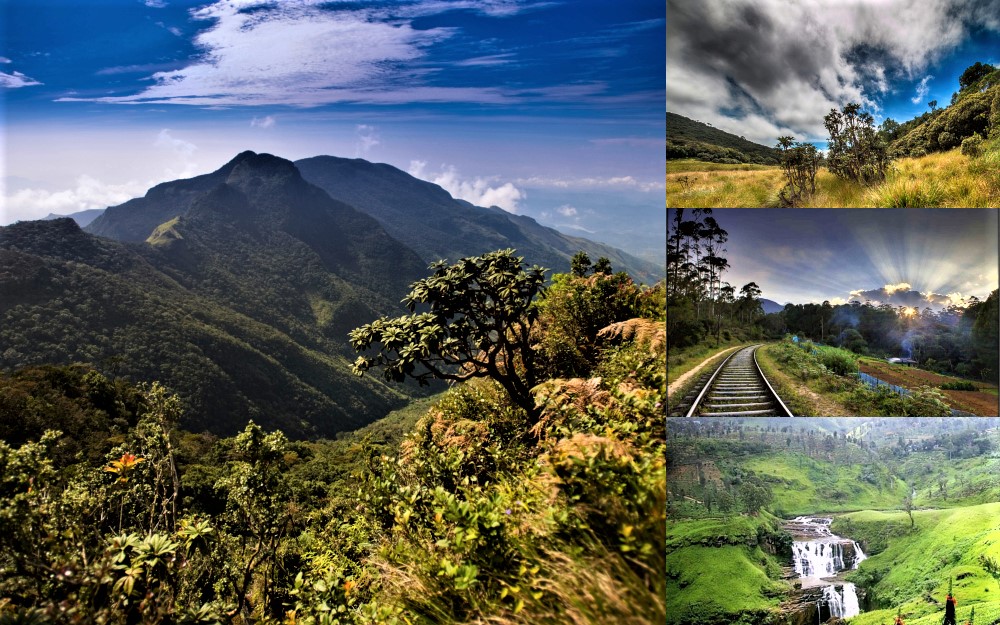
In December 1969, the Horton plains was declared a nature reserve and then promoted to being a national park in 1988. Surrounding the plateaus lie some of the highest mountains in Sri Lanka, and adding to the view are beautiful streams that source from the country’s major rivers such as Mahaweli and Kelani rivers.the World s end in the major attraction of the park. It is with 1km spectacular drop.
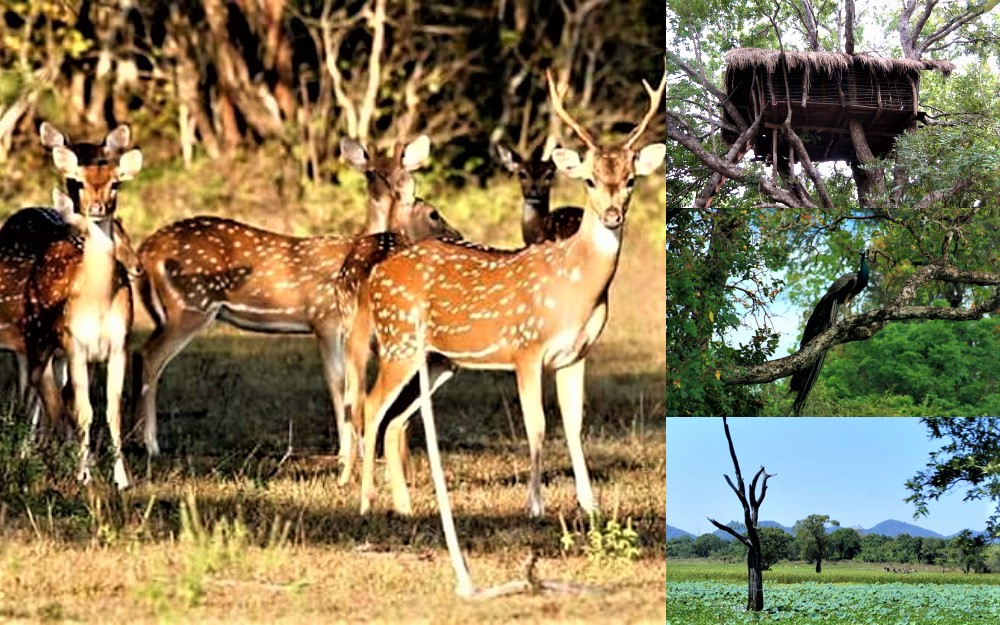
WASGAMUWA NATIONAL PARK located in the districts of Matale and Polonnaruwa and bordered by the 'Mahaweli' and 'Amban' rivers, stretches an impressive 36,948 hectares. It was declared a National park in 1984, making it the only one in the Central Province. Home to a huge variety of flora and fauna (23 species of mammal - including elephants and bears, 143 birds, 8 amphibians, 17 fresh water fishes, 17 reptiles, 50 butterflies and 150 plants), this park is truly a paradise for the nature lover. With many small scale ancient tanks and several other ruins and ancient religious sites the park also has significant historical importance The park is simply just about 225 km away from the commercial capital of Sri Lanka.